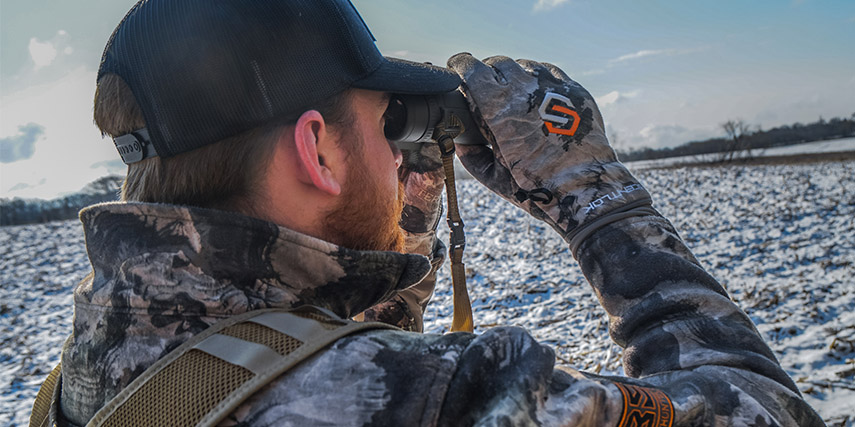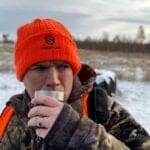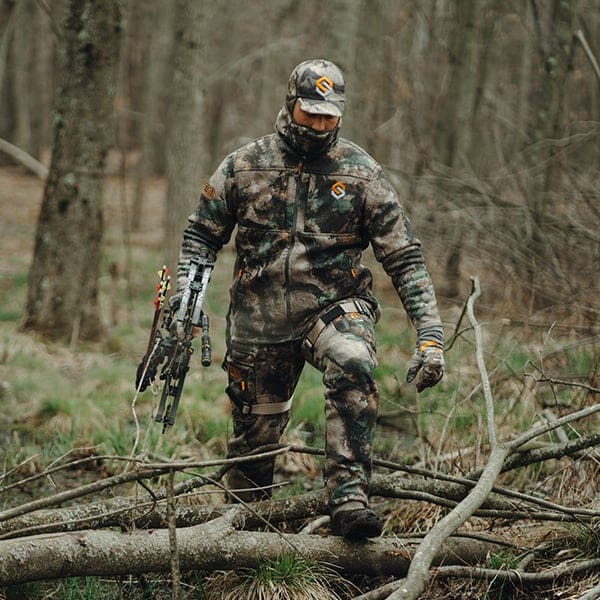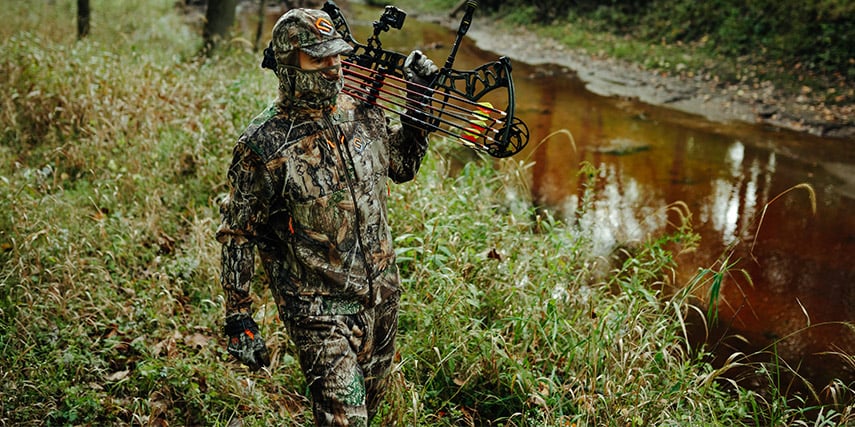Like clockwork, at 8:00 a.m. on the opening day of firearms season, I received a text from my father, saying that he was climbing down from his stand and was going on a walk; this had become his yearly routine.
For several years, I disagreed with my father’s decision to take off walking instead of staying in his stand. Though it was not my hunting style, it worked for him on many occasions.
After my father’s text, it wasn’t long before I heard the blast from a distant gunshot. Curious if the shot came from him, I soon received my answer via text, saying, “buck down!” I soon learned more details and that he had gotten within close range of a buck by slowly descending the long ridge of timber where he typically hunted.
My father’s mobile hunting style is not to be mistaken for a deer drive. Instead, his slow-paced action is what I refer to as sneak-and-peep hunting. This style of hunting transpires when the hunter slowly makes their way through the timber in search of the most likely places deer could be found, such as crop fields, food plots, or opening areas through the timber, allowing the hunter to see for a long distance. After reaching their desired location, the hunter peeps over the hill to locate any deer within shooting distance. The sneak and peep method of hunting is now a preferred method of mine during the late season when all else has failed or I am ready for a change.
How To Sneak And Peep
Often, after spending three and a half months sitting still in a treestand or blind, I am ready for a different-paced style of hunting. After seeing how my father was successful for many years, I began mimicking his style of sneak and peep hunting during the late season.
Typical for the latter portion of the season, deer often have reverted from their natural travel routes due to hunting pressure and available food. With newly established travel patterns, many of the hunter’s stand locations may not be as effective as they were during October and November. To help cover a large area in search of where deer spend their time, I use the sneak and peep style of hunting by zig-zagging my way throughout my hunting property, stopping at all the points known for holding deer.
To curb the deer from seeing or smelling the hunter while moving, they must use the terrain and the wind in their favor. When moving from point A to point B, the hunter should stay on the slope of a hill, in creek beds, or use other natural landscapes to be better concealed from deer at a distance. Besides being seen while moving through the timber or along the edge of field areas, paying attention to wind direction and the human scent is crucial.
Before making the first move toward a peeping destination, the hunter should check the wind direction and move with the wind in their face or blowing away from the area where the deer will most likely be. For added protection, hunters should wear a scent-controlling garment that wicks moisture quickly. With the sneak-and-peep method, walking more than usual is expected, and extra sweat will be produced. Wearing a mid-season garment such as ScentLok’s Stealth Jacket and Pants, which feature ultra-quiet fabrics for creeping along to each destination, helps control the odor from the additional sweat.
Once the hunter has made it to their desired location, it is essential to have a quality pair of binoculars to provide a better vantage of the targeted area. By searching with binoculars first, the hunter can determine where deer are located and establish a plan to get within better shooting range to make a successful shot.

Best Times To Sneak And Peep
When creating a deer drive that also requires walking throughout a hunting property, it is most common to wait until mid-morning or mid-day to provide a better chance of bumping deer out of bedding areas. As mentioned earlier, the sneak-and-peep method is a different method of hunting. The hunter’s goal is not found in trying to bump deer; instead, they are trying to locate deer in their natural late-season habitats and move in for the shot.
The best time of the day to employ a sneak-and-peep method of hunting in late season is during the first couple hours of the morning and the last two hours of the evening. Mornings and evenings are the best times for deer to feed and have the most movement. Bucks are away from bedding areas and will be found in targeted areas during these two times.
After reaching each destination, spending five to twenty minutes using binoculars and natural eyesight to locate any nearby deer is recommended. If no deer have been encountered by this time, move to the next area for the best chance to catch deer during the peak movement times.
By the end of the season, hunters find that they have spent most of their time sitting in treestands and blinds, often wondering if the deer are located elsewhere on the property. Trying the sneak-and-peep method during the late season to see where the bucks have roamed may be the deciding factor in determining whether the season will end with an unfilled tag or a big buck on the ground.


